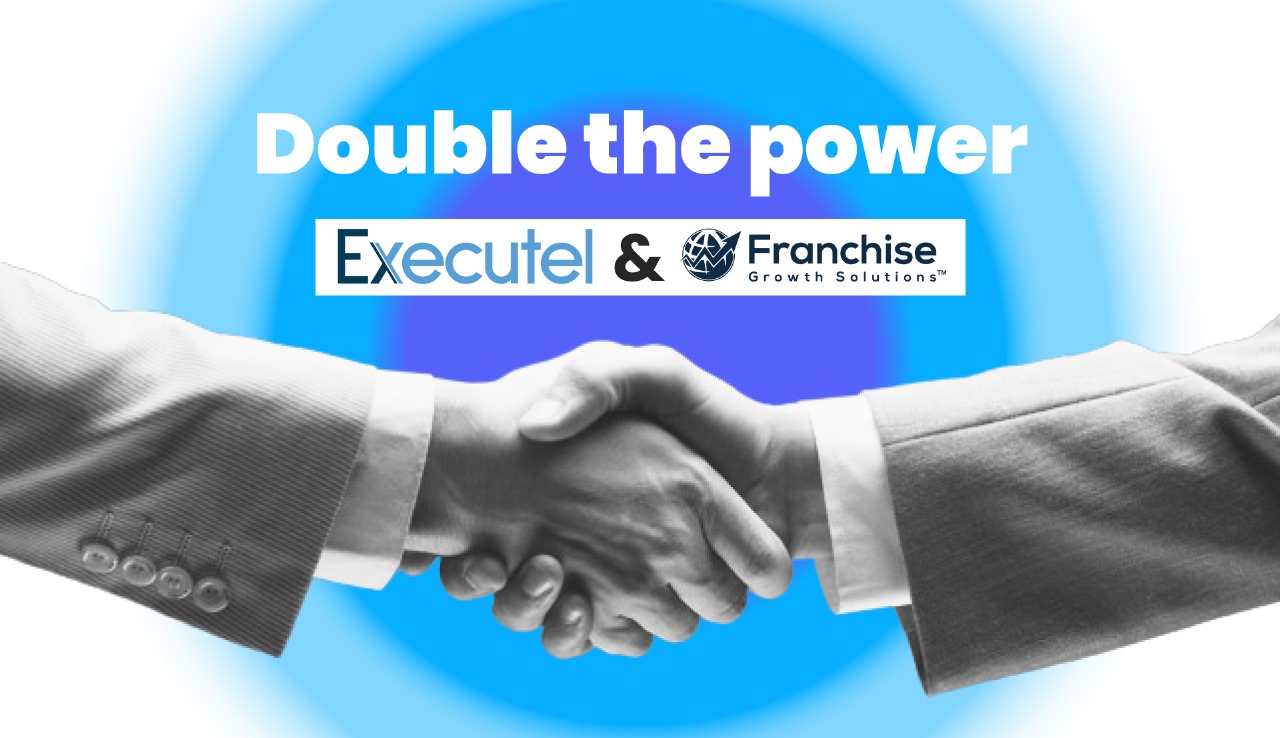Image Created By Canva
A clear understanding of both the profit and loss statement and the balance sheet transforms business management from speculation into precision. These financial documents reveal operational performance and financial stability, offering a foundation for informed decision-making.
THE ESSENTIAL ROLE OF THE PROFIT AND LOSS STATEMENT AND BALANCE SHEET IN ACHIEVING BUSINESS SUCCESS
If you’re running a business of any size or type, having a grasp of the profit and loss statement and the balance sheet forms the foundation of strategic leadership. These two documents serve complementary roles, and together, they provide an integrated view that is indispensable for assessing financial health, guiding strategic choices, and sustaining long-term success.
Understanding the Profit and Loss Statement
The profit and loss statement, sometimes referred to as the income statement, summarizes revenue, expenses, and net results over a specified interval. It serves as a central instrument for assessing whether operations generate profit or incur loss. By breaking down income sources and expenditure categories, it reveals areas that require improvement and opportunities for enhancement.
Regular review of the profit and loss statement enables management to monitor performance trends, refine pricing, evaluate cost control, and improve operational efficiency. It is also one of the most important tools for forecasting and preparing budgets, because it highlights how much money is being generated and where funds are being spent. Without this clarity, decision-makers risk basing strategy on assumptions rather than evidence.
Understanding the Balance Sheet
The balance sheet provides a snapshot of a business at a specific date. It records assets, liabilities, and equity in a single view, showing what the company owns, what it owes, and the residual interest that belongs to owners. It is indispensable in assessing liquidity, solvency, and financial strength.
For lenders and investors, the balance sheet serves as one of the first reference points when evaluating financial stability. It reveals whether a business has sufficient working capital to cover its obligations and whether long-term financing is structured in a sustainable way. In practice, it answers a simple but vital question: can the company meet its obligations today and continue to operate tomorrow?
How the Two Documents Work Together
Neither document on its own is sufficient to provide a complete picture of financial health. The profit and loss statement illustrates operational results over time, while the balance sheet reveals financial position at a point in time. When analyzed together, they produce a fuller understanding of both performance and structure.
The connection between the two is also structural. Net profit from the profit and loss statement flows directly into the balance sheet as retained earnings. This link reinforces how day-to-day operations affect long-term financial stability.
Benefits of Regular Analysis
When these two documents are prepared and reviewed regularly, management can identify trends early and respond strategically. For example, an increase in sales revenue on the profit and loss statement may look encouraging, but when examined against the balance sheet, it could also reveal growing receivables that signal a cash flow concern. In this way, combined analysis prevents misleading conclusions.
The data within these statements also supports financial ratios that are critical for analysis. Liquidity ratios such as the current ratio, profitability ratios such as net profit margin, and leverage ratios such as debt-to-equity all derive from these documents. These ratios allow businesses to benchmark against industry peers, monitor internal progress, and highlight areas where operational or financial adjustments are required.
Moreover, transparent use of these financial documents enhances credibility. Investors, creditors, and strategic partners expect accurate reporting before committing capital or extending credit. Financial statements that are consistently maintained demonstrate discipline, professionalism, and accountability.
Strategic Value for Business Leaders
For executives and entrepreneurs, these statements serve as far more than compliance tools. They guide resource allocation, reveal whether expansion is financially feasible, and highlight areas where operational adjustments can yield immediate benefits. Leaders who understand the story told by their financial statements are positioned to act deliberately rather than reactively.
In addition, these statements support tax planning, performance monitoring, and investment prioritization. They provide a shared language for leadership teams, creating alignment around goals and accountability for outcomes. In every respect, the profit and loss statement and the balance sheet form the backbone of responsible financial management.
Conclusion
The profit and loss statement and the balance sheet are essential for every business regardless of size or industry. One measures performance over time, while the other establishes position at a moment in time. Together, they provide the comprehensive insight required for long-term success. Without them, a business operates without direction. With them, leaders can navigate challenges, manage resources effectively, and build enduring value.
© Gary Occhiogrosso. All Rights Reserved
Sources
- Investopedia – Profit and Loss Statement Definition
https://www.investopedia.com/terms/p/plstatement.asp - com – Profit and Loss Statement Guide
https://finally.com/blog/accounting/profit-and-loss-statement - Hiscox – Why Profit and Loss Statement is Essential for Business
https://www.hiscox.com/blog/why-profit-and-loss-statement-essential-your-business-and-how-create-one - Get Better Bookkeeping – Differences Between Balance Sheet and Profit and Loss
https://getbetterbookkeeping.com/the-differences-between-the-balance-sheet-vs-profit-loss-statements-a-guide-for-small-business-owners - Wikipedia – Balance Sheet
https://en.wikipedia.org/wiki/Balance_sheet - QuickBooks – Balance Sheet vs Profit and Loss Statement
https://quickbooks.intuit.com/r/accounting/balance-sheet-vs-profit-and-loss-statement - Investopedia – Difference Between P&L and Balance Sheet
https://www.investopedia.com/ask/answers/121514/what-difference-between-pl-statement-and-balance-sheet.asp - A4G LLP – Understanding Balance Sheet and Profit and Loss
https://www.a4g-llp.co.uk/articles/understanding-your-balance-sheet-profit-and-los - Investopedia – How Investors and Lenders Use Financial Accounting
https://www.investopedia.com/ask/answers/041015/how-do-investors-and-lenders-benefit-financial-accounting.asp
This article was researched, outlined and edited with the support of A.I.







